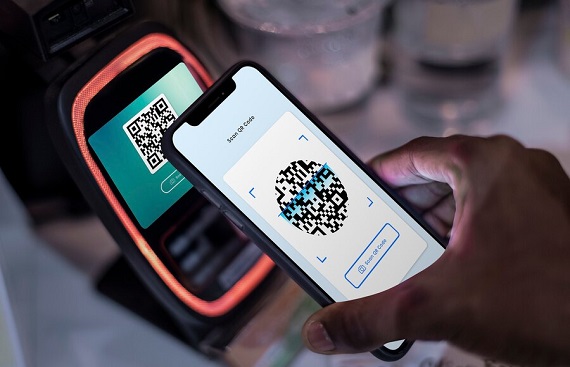Digital Payments in India set to hit $7 trillion by 2030
By Team Startupcity | Monday, 15 July 2024, 22:43 Hrs

The digital payments of India are probably going to reach $7 trillion, twofold when contrasted with current levels by 2030, revealed PTI citing a Kerney and Amazon Pay joint review report named ‘How Urban India Pays’. The digital transaction levels have seen a 138 percent development in the Brought together Installment Connection point (UPI) installments levels from the monetary year 2018 to 2024.
The digital payments framework – UPI is created by National Payments Corporation of India - NPCI. India’s digital payments for retail exchanges have developed to $3.6 trillion in the monetary year 2023-24 when contrasted with $300 billion in the monetary year 2017-18, as per the joint review cited by PTI. UPI exchanges were introduced in India on April 11, 2016.
The report also expresses that India’s online business market was valued at $75 billion to $80 billion of every 2022, as most would consider to be normal to grow 21% by 2030. In India, cards and digital wallet exchanges make up to 10 percent of the advanced exchange esteem. India’s advanced exchanges alone timed in 46% of the whole world’s digital payments volumes in 2022, as per the report In India, north of 6,000 responders living in 120 urban communities of the nation expressed in the web-based study that they favored making advanced payments over different techniques to buy goods and services digitally.
The wealthy purchasers said that they utilize digital payments strategies for more than 80% of their complete exchanges, according to the report. Digital installments compensate for 69% of exchanges said north of 1,000 shippers who were inspected for the review. The report featured that organizations from road merchants like paan shops to natural product venders, food shops, and kirana stores, are moving to advanced installments rather than cash. This brings about dangers like online protection instances of financial crime and restricted inclusion.
Tier-II urban cities like Lucknow, Patna, Bhopal, Jaipur, Bhubaneshwar, Indore, Ahmedabad, and Pune are somewhat near their close by metros as far as digital installments exposure in spite of having a low retail market potential when contrasted with the main six metro u rban cities like Delhi, Mumbai, Kolkata, Chennai, Bengaluru, Hyderabad.

